Exactly sixty-nine years ago today, on the 22nd of September 1955, my grandfather S.G. Sastry called his eldest son, my father, to his bedside and held his hand. Then he closed his eyes and passed away, bringing to an end a chapter of an early industrialist, a staunch patriot and a practitioner of Atmanirbharta Bharat.
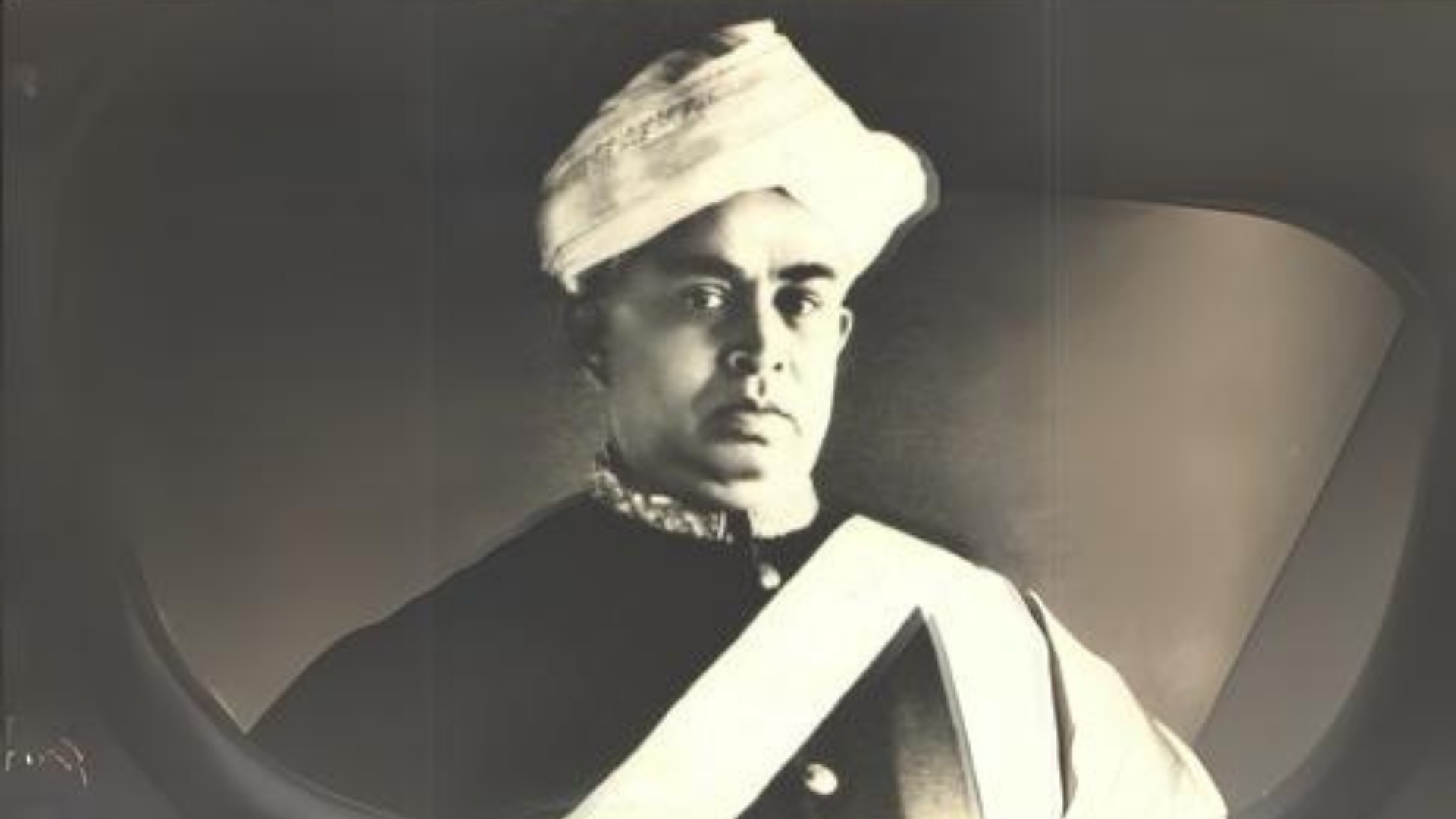
Sosale Garalapuri Sastry, or “Soap Sastry” was born in 1888, when the British crown ruled all of India. His education as a chemist was noted by the doyens of the erstwhile Mysore State in that era, the Maharaja of Mysore and industrialist Sir M. Visveswaraya. In those days soap was made in using tallow, or beef fat as a source of oil and these soaps were exported to India. The need of the hour was to make an Indian soap using vegetable oils. The forests of Mysore state were the source of Sandalwood, but the British hid the technique of industrial grade extraction of sandalwood oil from everyone and the work was done in a secret facility in Britain. S.G. Sastry was deputed to go to the UK to try and acquire the technology.
Upon reaching the UK, Sastry discovered that he would not be allowed to even view the factory where they were extracting sandalwood oil from Sandalwood logs sourced from India. He spent some time in the UK trying to get some information when the first world war broke out. In the cold winter of London he used to travel on London buses with open tops and in the biting chill he developed frostbite in his fingers leading to a permanent deformation of his fingers, which can be seen in a photograph of him taken in the USA two years later.
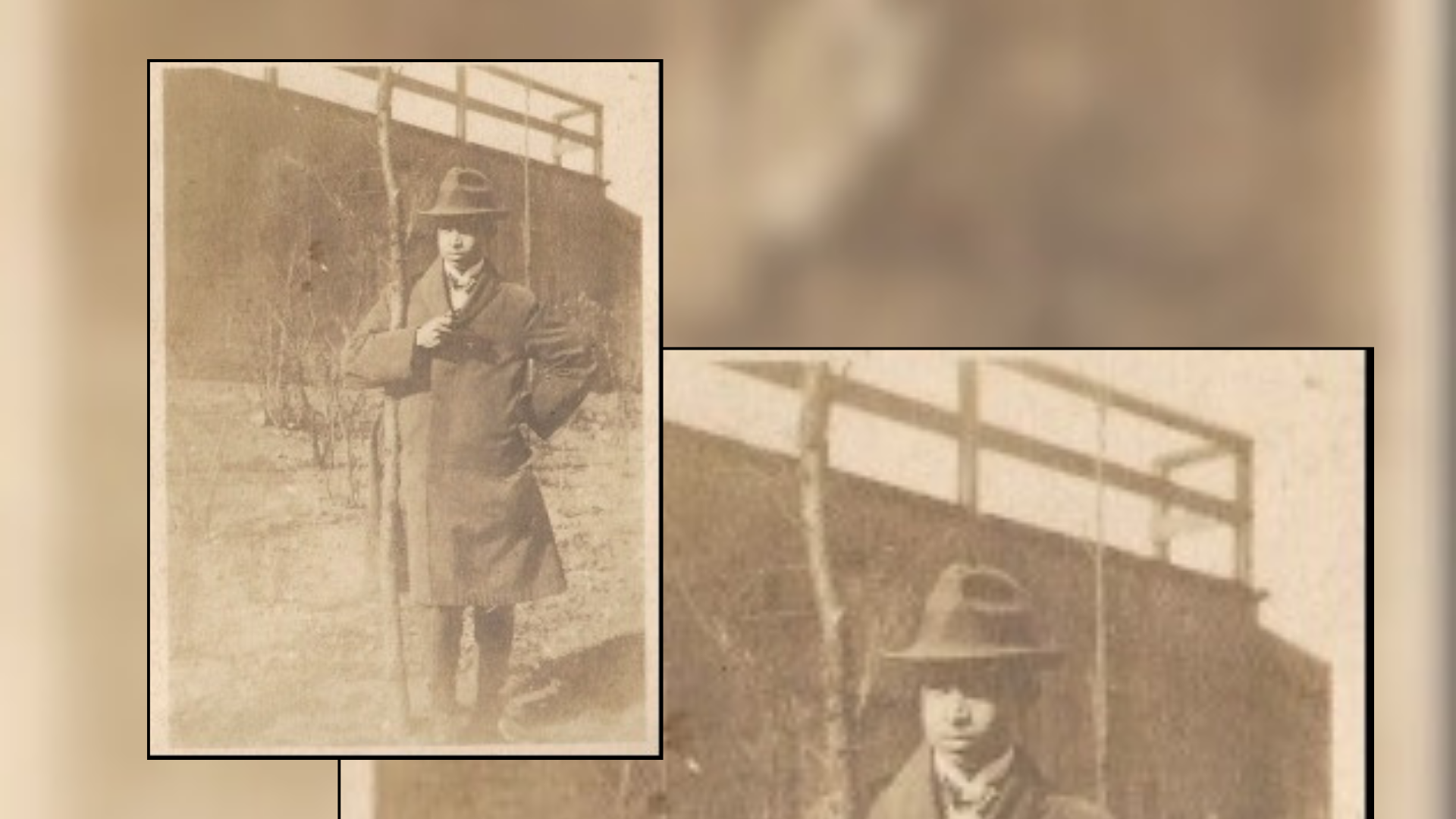
Undeterred by this injury he befriended a man who worked in the Sandal oil factory who mentionedthat there was another such factory in the USA and he could try and visit that factory. By this time the First World war was raging in Europe and Sastry could not return to India by the usual sea route.So he set sail for the USA.
In the US, Sastry traveled from east coast to west coast, visiting chemical factories and making notes in his neat handwriting. The image shows the detailed notes that he made in one factory in Chicago in 1917.
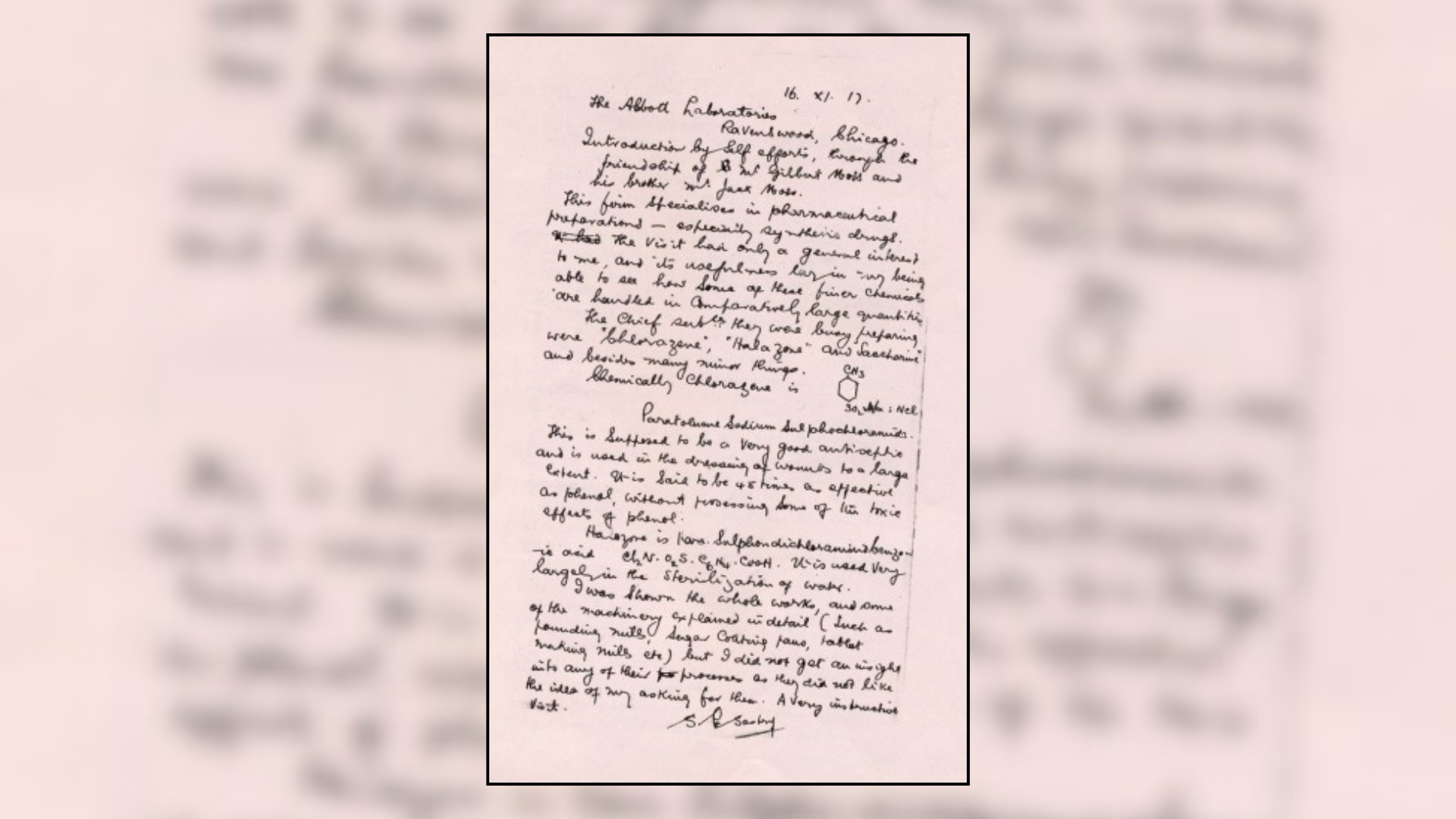
He managed to locate the Sandalwood oil extraction factory in the US where no one told him anything but they allowed him to witness the process. He made careful notes in his diary and sailed from the west coast of the US, returning by sea to India via Japan. Back in Bengaluru he took charge of the Sandalwood factory and used his formula for Sandalwood soap. He designed the classic oval shape and used the ionic “Sharaba” logo. The Sharaba is a mythical half bird-half lion with eight legs that can still be seen embossed on Mysore Sandal Soap bars.
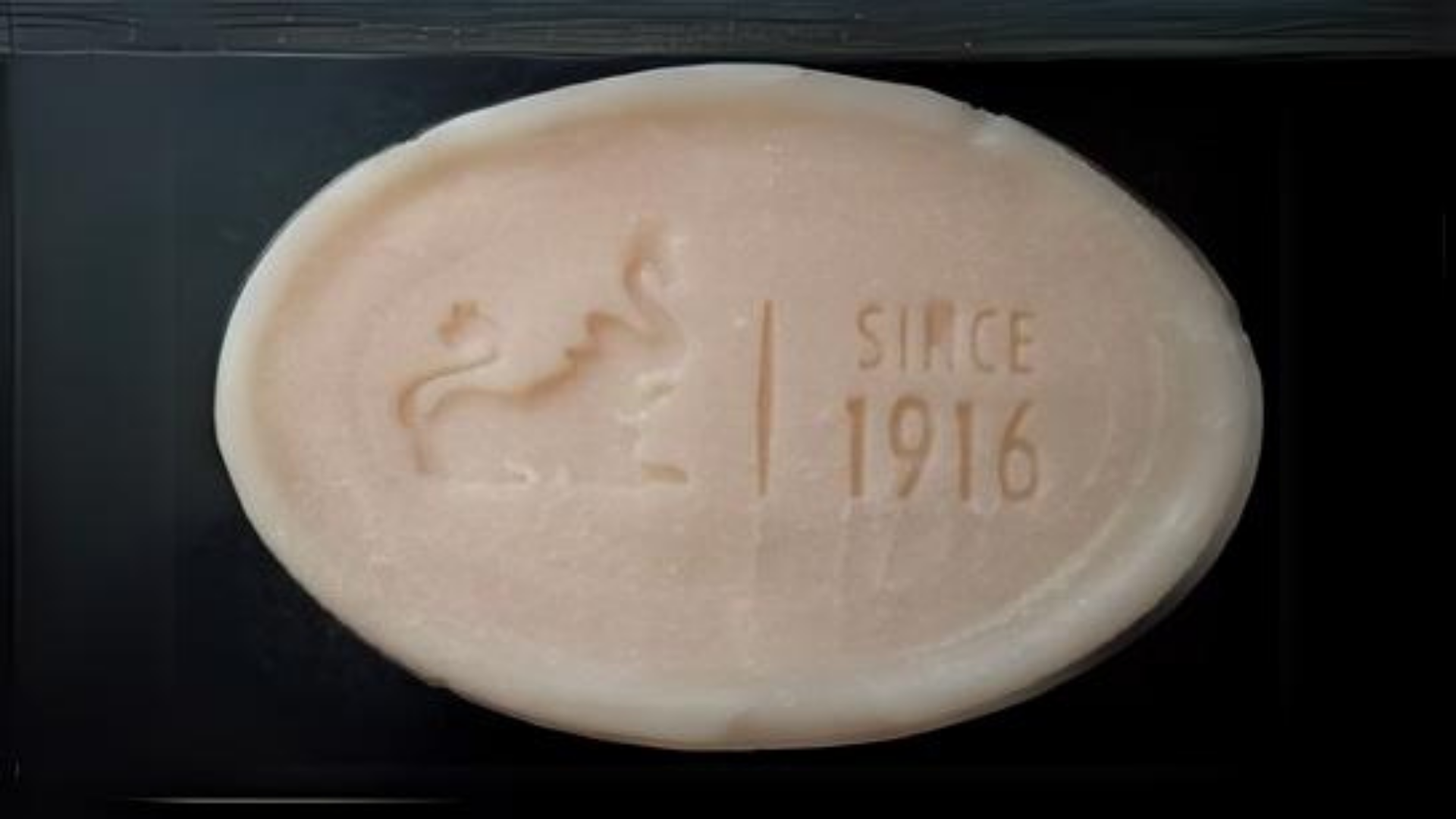
S.G. Sastry was a staunch patriot and believed that India should develop its own industries to be strong and independent. By 1942 he had anticipated India’s independence and wrote a paper in which he recommended the industries that would be needed to manufacture explosives for the military. The scan from that paper below highlights his recommendations.
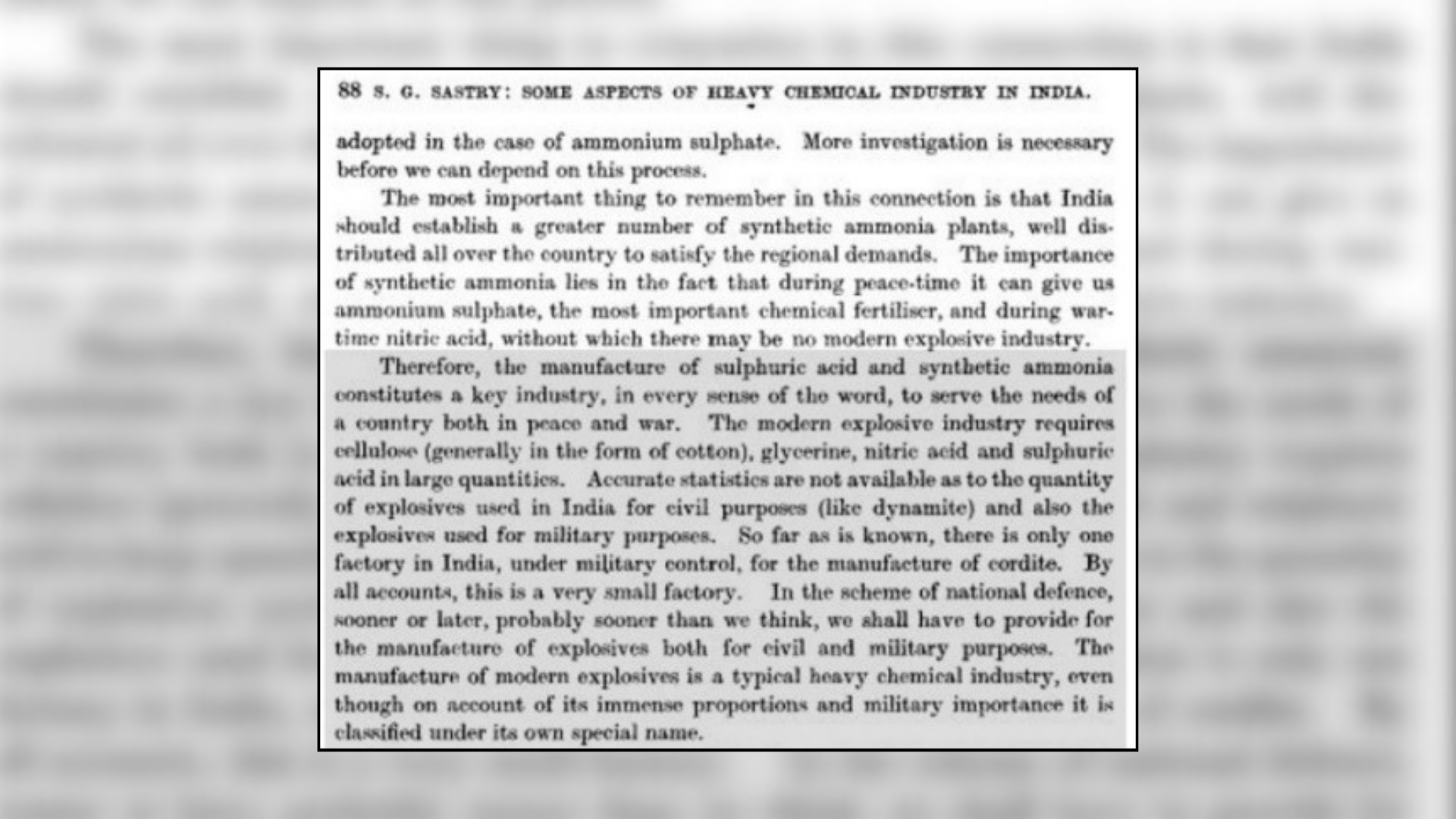
S.G. Sastry was a scholar in his personal life, translating several books from English to Kannada. He loved playing chess, and because of his liking for Horlicks, we, his grandchildren, used to call him “Horlicks Tata” – Horlicks Grandpa. One peculiarity associated with him was that on Deepavali day in his house, the food was never festival food, but the type of food cooked to mourn a dead person. He implemented this in memory of the hundreds of Brahmins of Melkote who were massacred by Tipu Sultan during Deepavali. We found out about this years later and it serves as an example of how history lives on in family memories, even if history books falsify past events.
22 September 2024
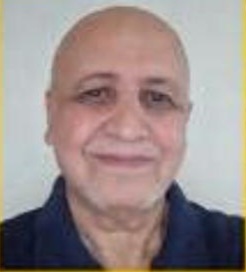
Dr. Shiv Sastry is a retired surgeon with a special interest in the consequences of erasure and distortion of Indian history as a result of colonial rule. His special focus has been on the obfuscation of pre-1000 BCE Indian records with a Eurocentric narrative with racist undertones as a part of colonization. His other interests include national security and military aviation.
PREVIOUS ARTICLE

At the southernmost tip of this mesmerising ensemble lies the majestic Great Nicobar Island, boasting an impressive landmass of about 910 square kilom...

Bharath has always been a land traversed by spiritual masters/ Guru since time immemorial. These spiritual masters have always upheld the core princip...

South India contains its fair share of unique pilgrimage centres. These divine places of worship have a prominent Sthala Purana, devoted followers, di...